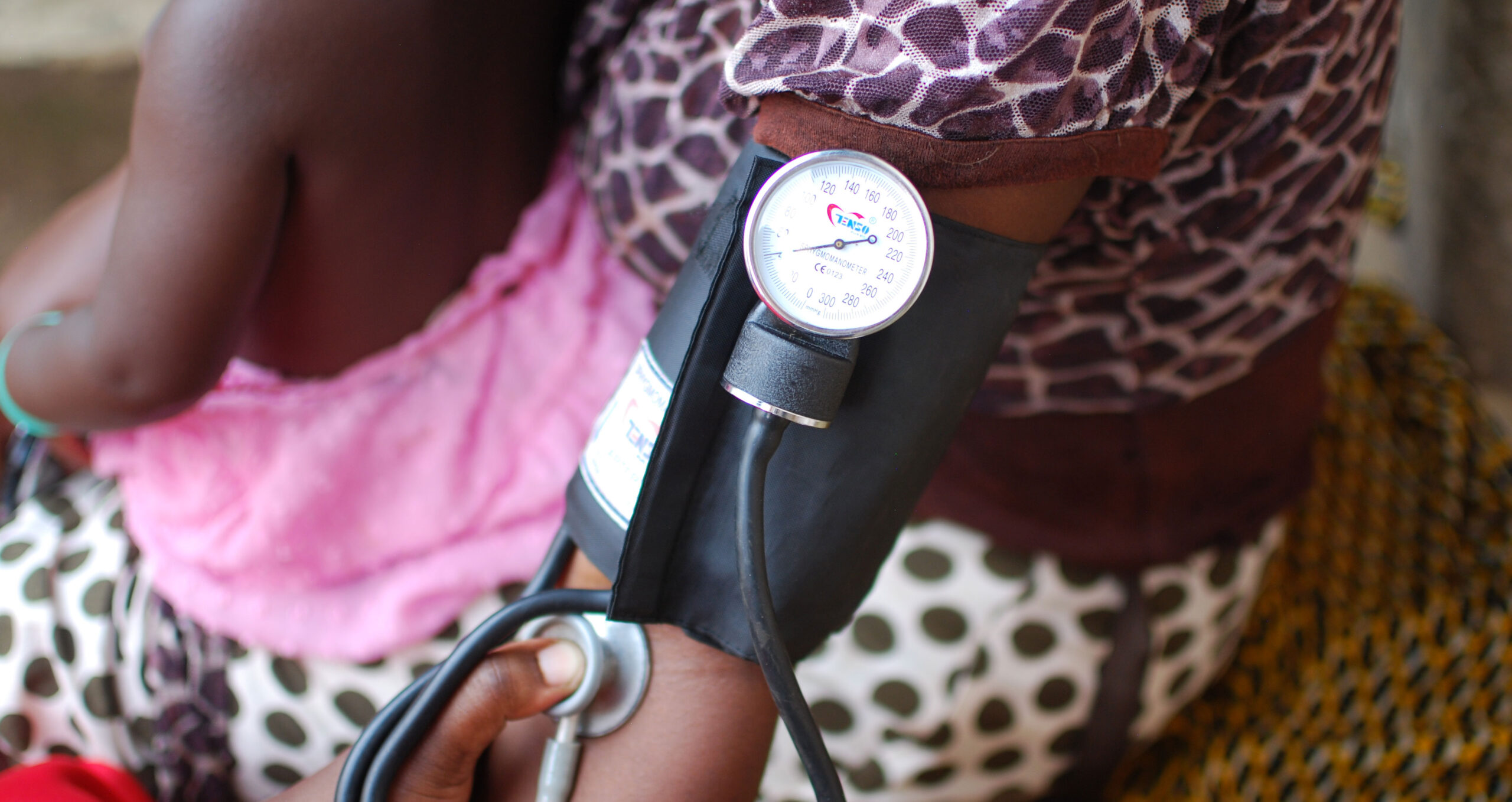A cataclysm of hunger, disease, and illiteracy
A pandemic of suffering follows on the heels of COVID-19 in poor countries, and children suffer most.
By Nicholas Kristof
Below is en excerpt of a piece originally published in The New York Times. Click here to view the full piece.
We think of Covid-19 as killing primarily the elderly around the world, but in poor countries it is more cataclysmic than that.
It is killing children through malnutrition. It is leading more people to die from tuberculosis, malaria and AIDS. It is forcing girls out of school and into child marriages. It is causing women to die in childbirth. It is setting back efforts to eradicate polio, fight malaria and reduce female genital mutilation. It is leading to lapses in vitamin A distribution that will cause more children to suffer blindness and die.
The U.N. Population Fund warns that Covid-19 may lead to an additional 13 million child marriages around the world and to some 47 million women being unable to get access to modern contraception.
The greatest impact of Covid-19 may be not on those whom the virus directly infects, but on those shattered by the collapse of economies and health and education systems in developing countries. Many schools and clinics are closed, medicines for AIDS and other ailments are sometimes unavailable, and campaigns against malaria and genital mutilation are often suspended.
“The indirect impact of Covid-19 in the Global South will be even greater than the direct impact,” Dr. Muhammad Musa, executive director of BRAC International, an outstanding Bangladesh-based nonprofit, told me. “The direct impact, as tragic as it is, affects those infected and their families. The indirect impact has economic and social consequences for vastly more people — with jobs lost, families hungry, domestic violence up, more children leaving school, and costs over generations.”
